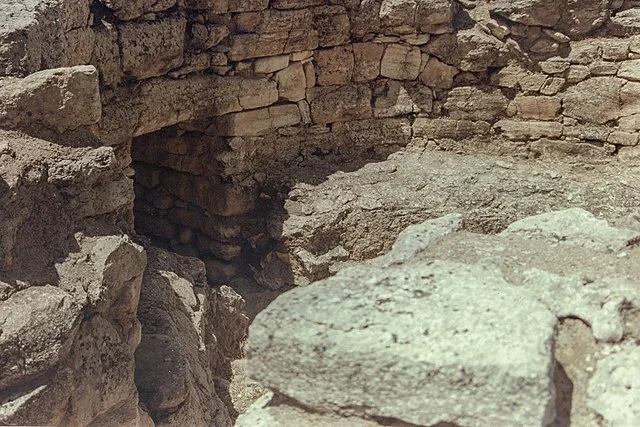Phourni is a Minoan archaeological site located near Archanes in Crete. This ancient cemetery served as the burial ground for the settlement during the Minoan civilization, spanning from the Early Minoan period (around 2600 BC) to the Late Minoan period (around 1200 BC). The site offers valuable insights into Minoan burial practices and society.
Get your dose of History via Email
Discovery and Excavation
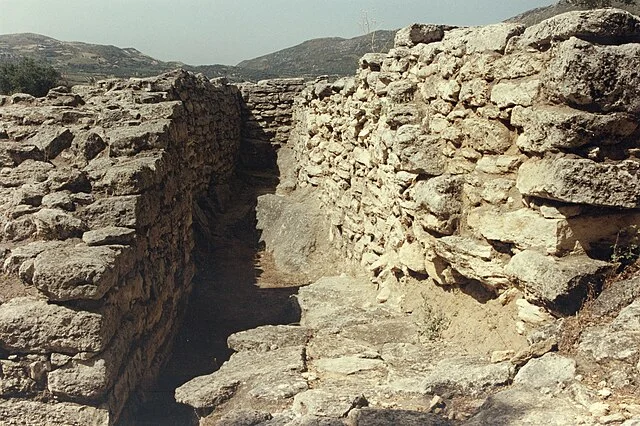
Archaeologist Stylianos Xanthoudides discovered Phourni in the early 20th century. Systematic excavations began in 1900, revealing several tombs, burial structures, and rich grave goods. This discovery provided critical information about the burial customs of the Minoans and their social structures.
Tombs and Structures
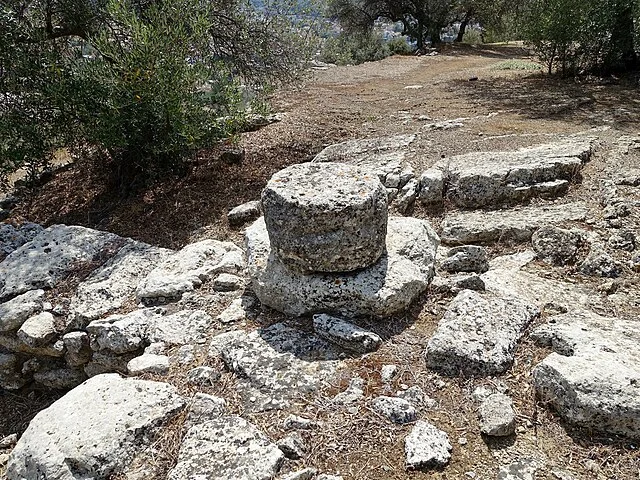
Phourni contains a variety of tomb types, including chamber tombs, tholos tombs, and pit graves. The tholos tombs, with their circular shape and domed roofs, are among the most prominent structures at the site. These tombs were used for collective burials and indicate that the community may have held a form of social hierarchy.
Burial Goods
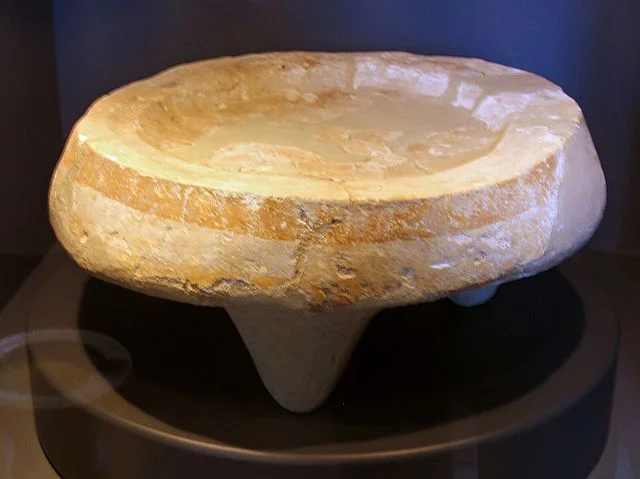
Excavations at Phourni revealed numerous grave goods, including pottery, bronze tools, gold jewelry, and seals. These artifacts suggest the importance of the individuals buried at the site. The presence of high-quality items also points to trade connections with other regions, including mainland Greece and the Near East.
Religious Significance
Phourni was more than a burial ground. The discovery of altars, sanctuaries, and ritual objects suggests that the site held religious significance for the Minoans. Evidence of libations and other religious practices indicates that Phourni may have been a site for ancestor worship or funerary rituals.
Legacy of Phourni
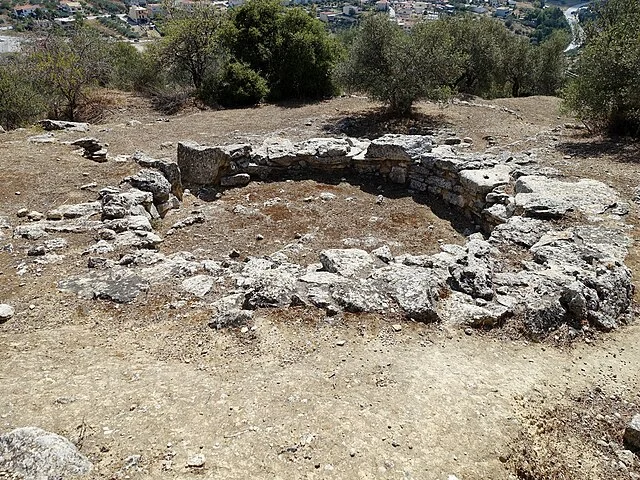
Phourni remains one of the most important Minoan burial sites. Its well-preserved tombs and rich archaeological finds have greatly contributed to our understanding of Minoan society and religion. The discoveries at Phourni provide a glimpse into the lives and beliefs of the people who lived in Crete during the Bronze Age.
Conclusion
Phourni serves as a crucial source of information about the Minoan civilization. Its combination of elaborate tombs, rich burial goods, and evidence of religious activities highlights its significance as both a burial and ritual site.
Source:

